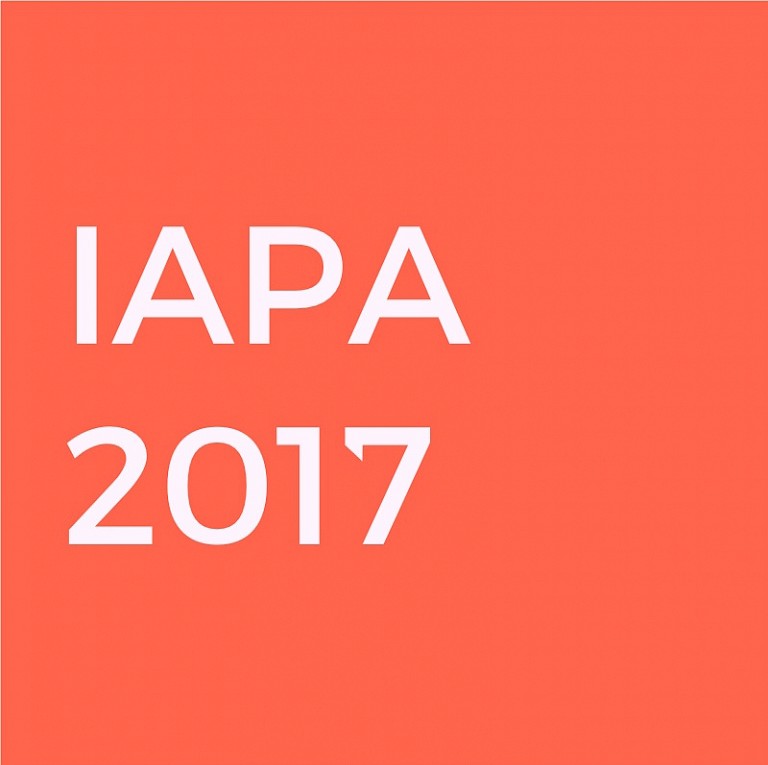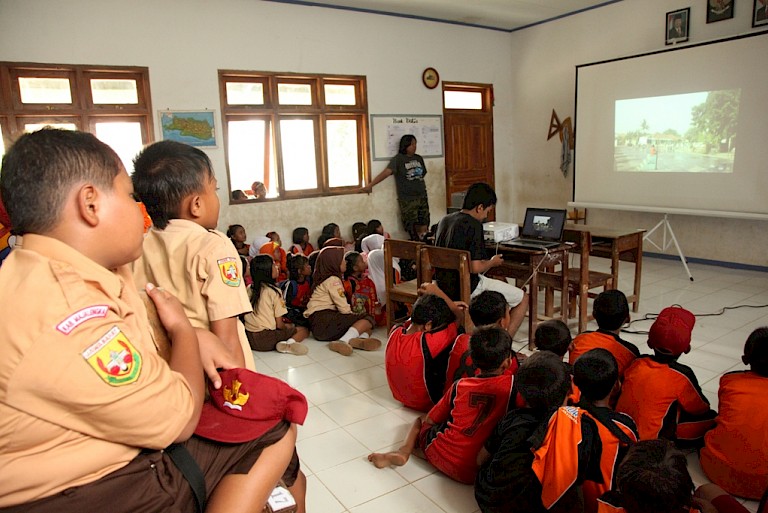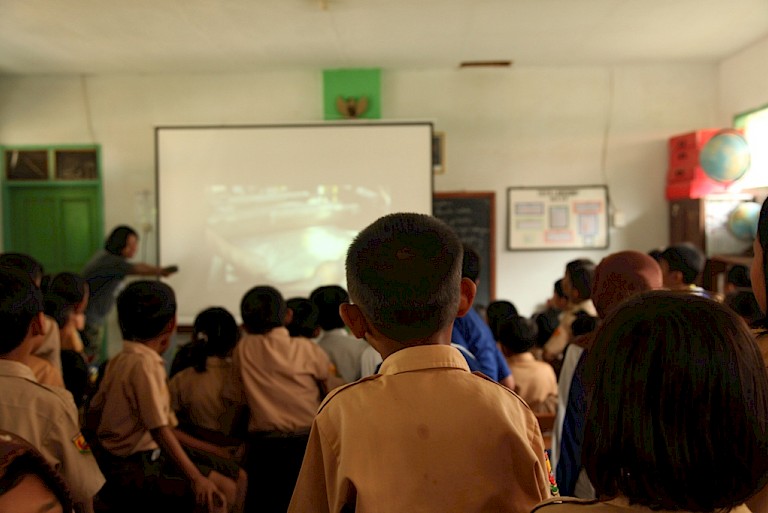



Together, the artists, video communities and the villagers were collaborating in mapping the potential, problems, site research and other possibilities that can be created together. Furthermore, they developed sub theme such as social service advertisement, village profile, documentary, and education. As oppose to the centralisation information this festival has allowed the villagers to have their own independence in creating their own entertainment programme that is beneficial for their village development. There are numbers of villagers that took part in the collaboration as the main subject/actor of the video; however during the inauguration of JAF TV transmitter all villagers were very enthusiast to see the end result broadcasted. After the festival ends, the villagers’ enthusiasm were even greater, particularly amongst the young generation. Initiatively they have started to record and covering news around the village by borrowing cameras from JAF team. Due to the large number of enthusiasm, JAF team was also creating additional workshops for the villagers to get better knowledge and understanding on presenting a decent content of TV programme. Therefore they invited KPI (Indonesian Broadcasting Commission), MNC group (private national broadcasting company) contributor, Sub district police officer as the guest speaker. It can be seen that by the end of the programme, the villagers of Jatiwangi are able to develop new skills and mindset with positive attitude on their daily lives.
Village Video Festival 2011 is a transformation of Village Film Festival, a festival run by Jatiwangi Art Factory, a non-profit organisation that focuses upon local village livelihood through art and culture and has been in coorporation with Jatisura Village Authority for research and collaboration activity. Jatiwangi a population of mixed rural and urban society villagers of rice farmers and tile home industry owners.
Village Video Festival 2011 invited 6 participants of artists and arts organisations to collaborate with the villagers in elaborating the idea of creating diverse scope of video including advertising video, village profile video, documenter, video art, film and animation. For two weeks artists were resides in order to map the potential problem, area of research and other possibilities activity that can be presented in the form of video.
Television in daily village life has become the sole alternative entertainment in perceiving outside world for the villagers and TV programmes are not usually provide beneficial informations for the society. Village Video Festival 2011 chosen “TV Programme” as the festival main theme and given the society to become the subject of information product instead of the object of information, branding and advertising that has caused the society in becoming consumptive.
This objectification tendency has existed in Indonesia since New Order period, in which television industry was centralised and communication was directed into one-to-many. This participatory video become a model that emphasize interactive communication as oppose to the centralisation information. Rather than defining video as the end product, interactive process is essential in this festival through live dialogue, workshops, and video screening. This festival is not designed to fight the mainstream but rather as a means to help the society to sort the beneficial information for their real life.
In extent, by the end of the festival on 31st December 2011 JAF TV has been set up and were able to be transmitted within the sub-district radius. Through JAF TV those participatory video were broadcasted as a means to empower the social changes of society.
The Village Video Festival was an event collaboration between Jatiwangi Art Factory (Jatiwangi) and Sunday Screen (Bandung), Indonesia. In the beginning, Sunday Screen developed an idea of creating a video festival outside big cities such as Bandung. Eventually they were recommended to speak with JAF team, as they had already organise art events at Jatiwangi. To begin the festival they were inviting video artists, filmmaker, video communities and other disciplines that uses audio visual approach to collaborate with the villagers. The participants were spread into different sub villages and resides at the villagers’ house for two weeks to collaborate directly with them. Within the two weeks stay, they were building communication and engaged with the community in order to identify the potential and problems of the villagers and seek for possibilities that can be worked out together and represent it into video form. The festival was not funded by certain authority but it was self-funded by JAF team member along with the villagers of Jatiwangi.
All copyright belongs to Shanghai Academy of Fine Arts, Shanghai University.



